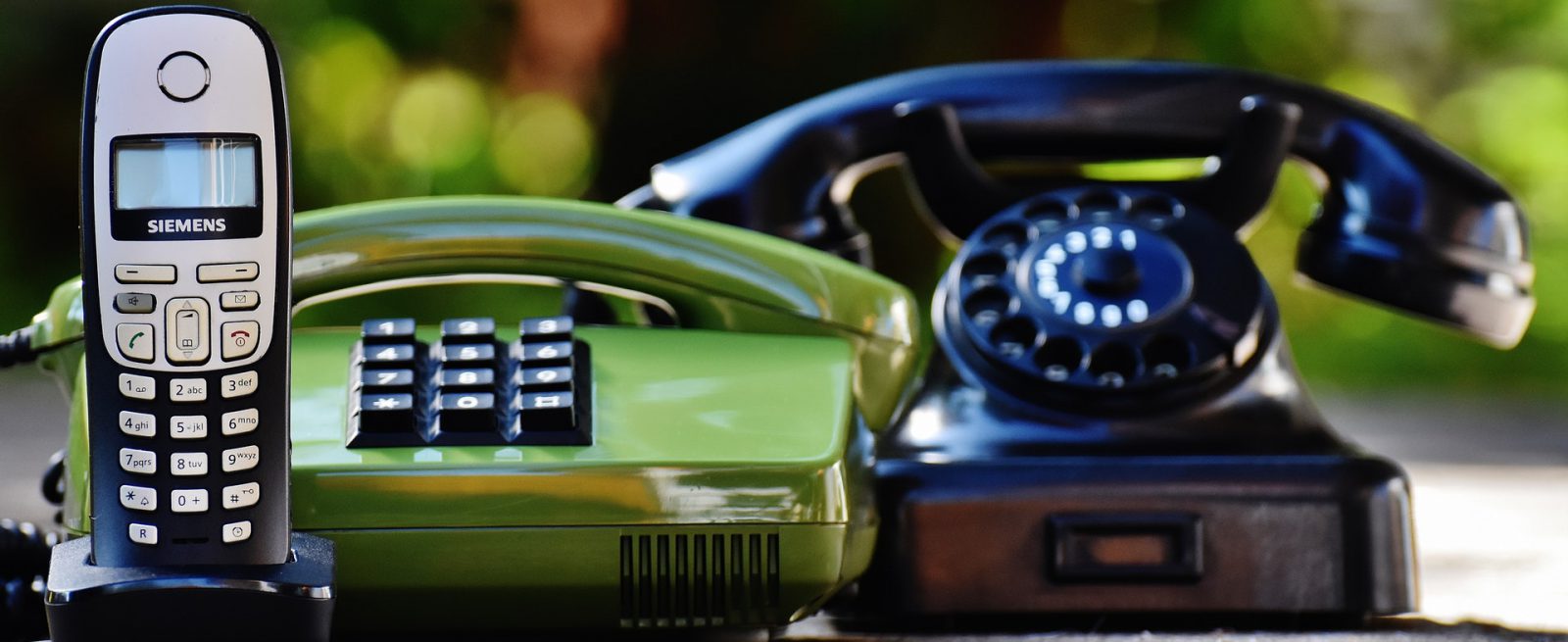How Brand Loyalty Differs Among the Generations
4 Min Read By Matt Graywood
Everyone seems concerned with building loyalty among the famed millennial generation, and so they should, millennials form a significant part of the present and future customer base. However, as the oldest millennials reach 35 years old, there are still decades of potential customers, older and younger, whose custom businesses mustn’t forget.
The time to build a relationship with the future generations of spenders is now.
Currently there are four primary generations with spending power, Baby Boomers, Generation X (born in the 60s and 70s), Generation Y (commonly born in the 80s and 90s and known as millennials) and Generation Z (born from the millennium onwards).
Given the latter three of these will control the wallet in coming years, it’s worth examining them thoroughly and asking: how does their attitude towards brand loyalty differ? How can you gain their loyalty? And, why is it important to adapt loyalty programmes to suit the individual?
A key message is this: do not assume that every customer responds to a business’ efforts in the same way. We know, for instance, that while millennials are presumed to be the most brand-loyal generation, they are also highly selective and lean away from the traditional card-based loyalty programmes. So what do they, and other generations respond to?
Generation X
Gen X is often branded as being nihilistic and cynical, yet, according to eMarketer, they have the highest rate of loyalty of any of the generations discussed here. They’re less interested in trying new brands than other generations and instead stick with those they know and trust.
They are a crossroads generation, able to remember the world before smartphones, but tech-savvy enough to make the most digital technologies. Research by Millward Brown Digital found 60 percent of this group uses a smartphone and 75 percent are on social media. That doesn’t mean they respond best to mobile marketing and loyalty schemes though.
The cynical nature of Gen X can be seen when they’re faced with strong or overt marketing tactics. Rather than being persuaded to buy from big-spend advertising, they prefer traditional adverts and options they can thoroughly research before purchasing.
What does this mean for restaurants and caterers hoping to gain their custom and then their loyalty? If they can build a relationship with a Gen X buyer, they will have a loyal customer for life. To build that relationship, they should concentrate on traditional programmes (think stamp cards) and marketing tactics such as exclusive offers. Above and beyond all of this, they should always offer exemplary customer service and support.
Generation Y (Millennials)
As stated, hospitality businesses are clamoring to win over millennials. The key to managing this is realising and remembering that this generation thinks very differently to its parents.
The millennial generation is one that has been marked by a specific event, the recession. They were just coming into adulthood when the financial crisis hit in 2008 and it’s turned them into a frugal group. Tying discounts into loyalty is valuable when targeting them; 80 percent of millennials are willing to switch their brand allegiance if by doing so they can save money.
Millennials also want to feel special. Make them feel like a treasured individual and you can secure their loyalty – for a time anyway. Marcie Merriman, executive director of growth strategy at Ernst & Young put it perfectly when he commented that this generation: “…expect businesses, brands and retailers to be loyal to them. If they don’t feel appreciated, they…move on. It’s not about them being loyal to the business.”
Clearly, with millennials, personalised marketing and discounts or offers that appear relevant to them individually are more likely to catch attention than generic, traditional broadcasts. If a restaurant, using customer data, targets them with an advert offering a discount on a meal they order frequently, they’ll be onto a winner. And, the good news is that, at 13 percent, millennials are more likely than older generations (Generation X equate to 10%) to interact with their rewards programme daily – especially if it’s mobile-based.
What we have seen so far is that Gen X are brand loyal and traditional in the manner that they respond to marketing and loyalty programmes. Millennials, meanwhile, exhibit loyalty but expect companies to work hard for it, putting emphasis on personalisation and discounts. Compared to these two groups, Gen Z is the disloyal generation.
Generation Z
Some say restaurants should throw out the rule book when it comes to Gen Z. That might be going a tad far but certainly they do require a unique set of engagement rules. These are the people who grew up in an entirely digital world; they don’t remember a time before WiFi and smartphones and consequently they process information at lightning fast speed. Anything slower loses their attention. They seek instant gratification and do not like to be made to wait, for anything!
Venues should recognise that Gen Z is in-tune with the world around it. Having been born into a post-9/11 society and seeing their parents struggle through the financial crisis, this is a group that understands that there’s hardship in the world. They are socially conscious and will be drawn to and loyal to companies that reflect that attitude: CSR has never been so important.
As Gen Z are digital natives, keeping their smartphone and social accounts at the centre of their world, using these to communicate in an authentic way is essential. To build loyalty, restaurants should take advantage of their customers’ mobility and initiate one-to-one conversations, as well as gather data to learn about them and use it. Instagram and Snapchat are ideal platforms and many cafes, bars and restaurants have seen great success engaging with this generation through bold videos and imagery. If a brand can encourage Gen Z to share a meal experience on their social pages they can help create positive memories that last, take seed, and grow loyalty in a natural way.
From the traditional through to the digital, the strategy that a restaurant uses to build customer loyalty must take into consideration variations between generations. While it might be Gen X and the older millennials currently holding the purse strings, this will soon shift. The older, more traditional customers shouldn’t be neglected, but the time to build a relationship with the future generations of spenders is now.


